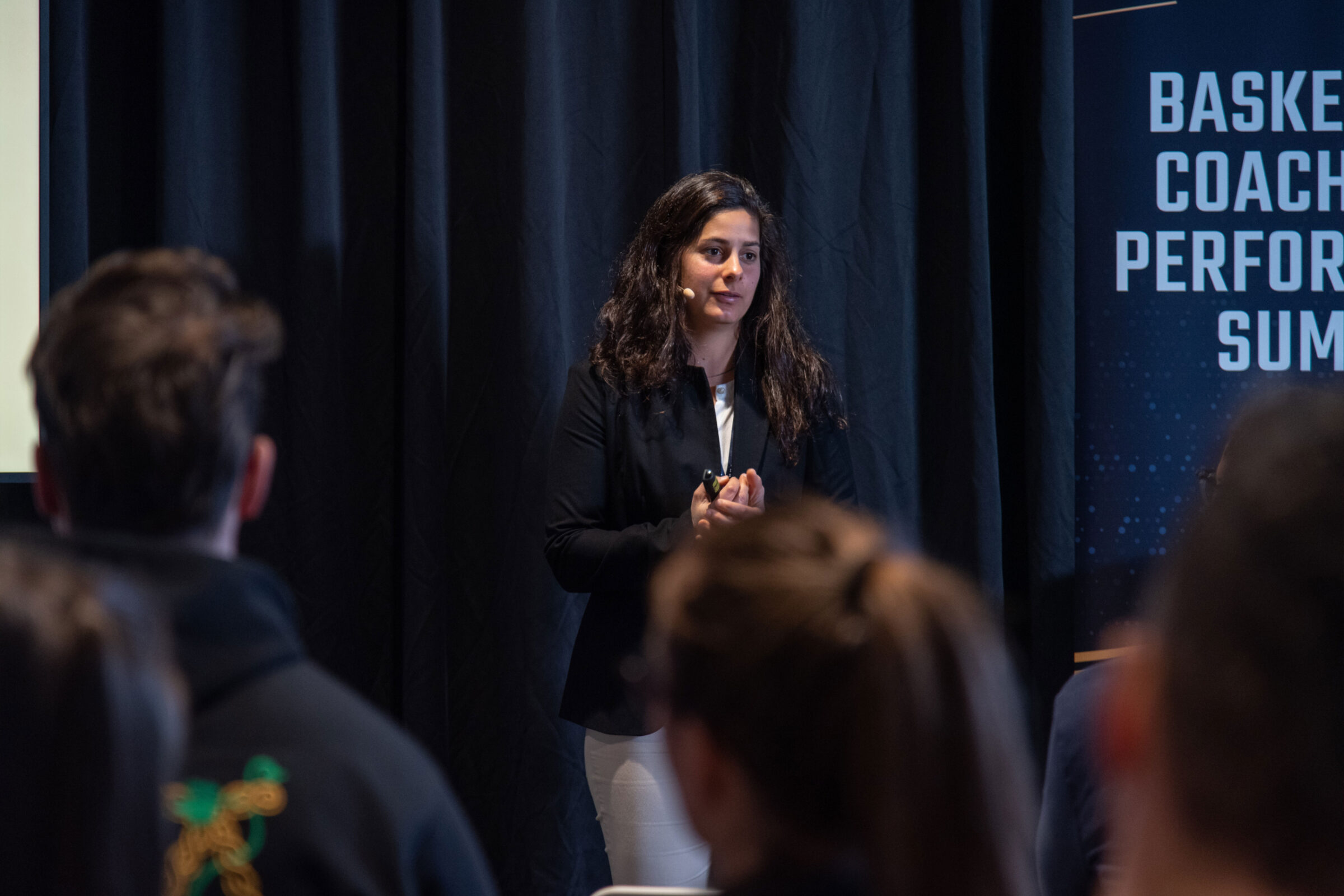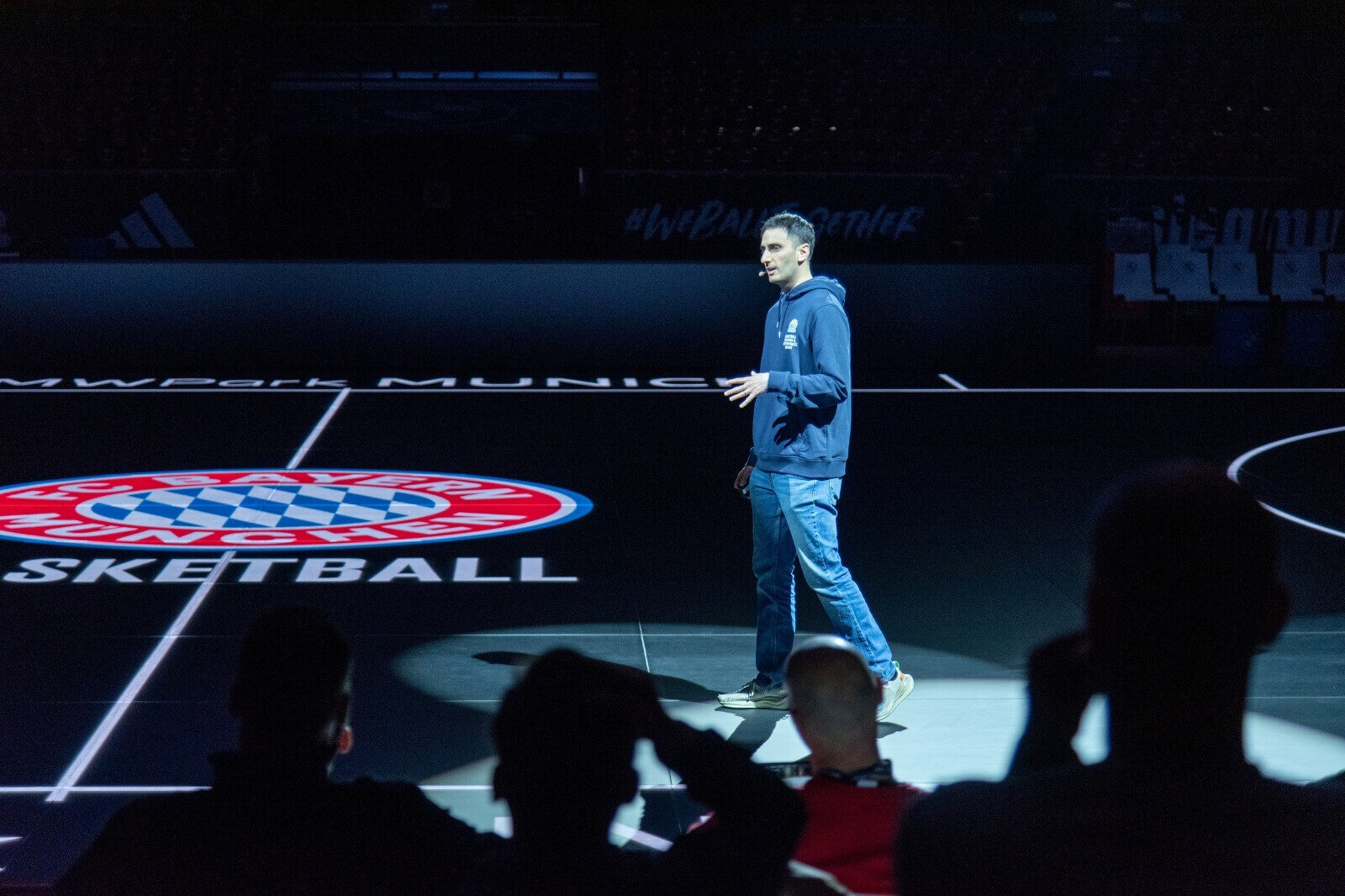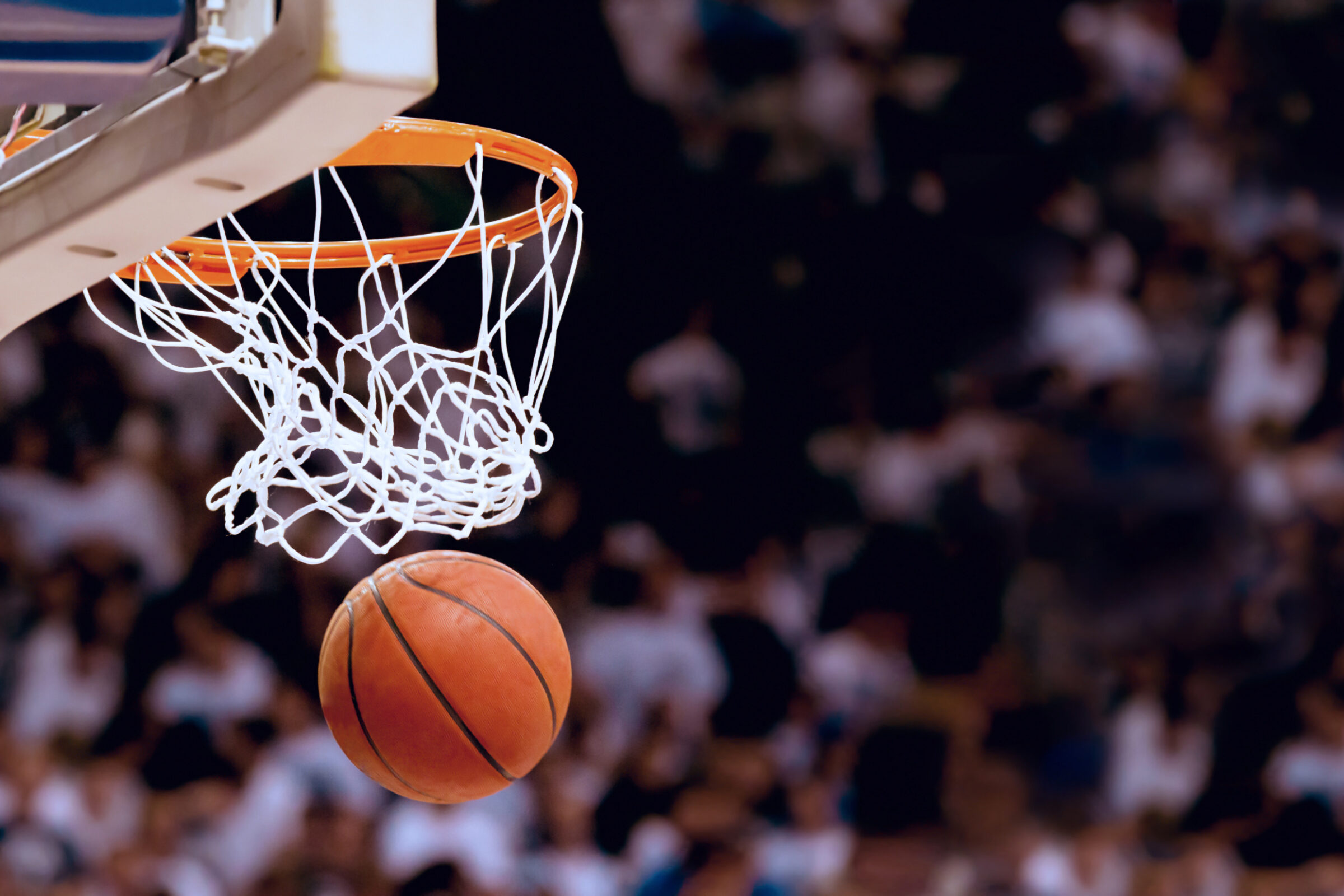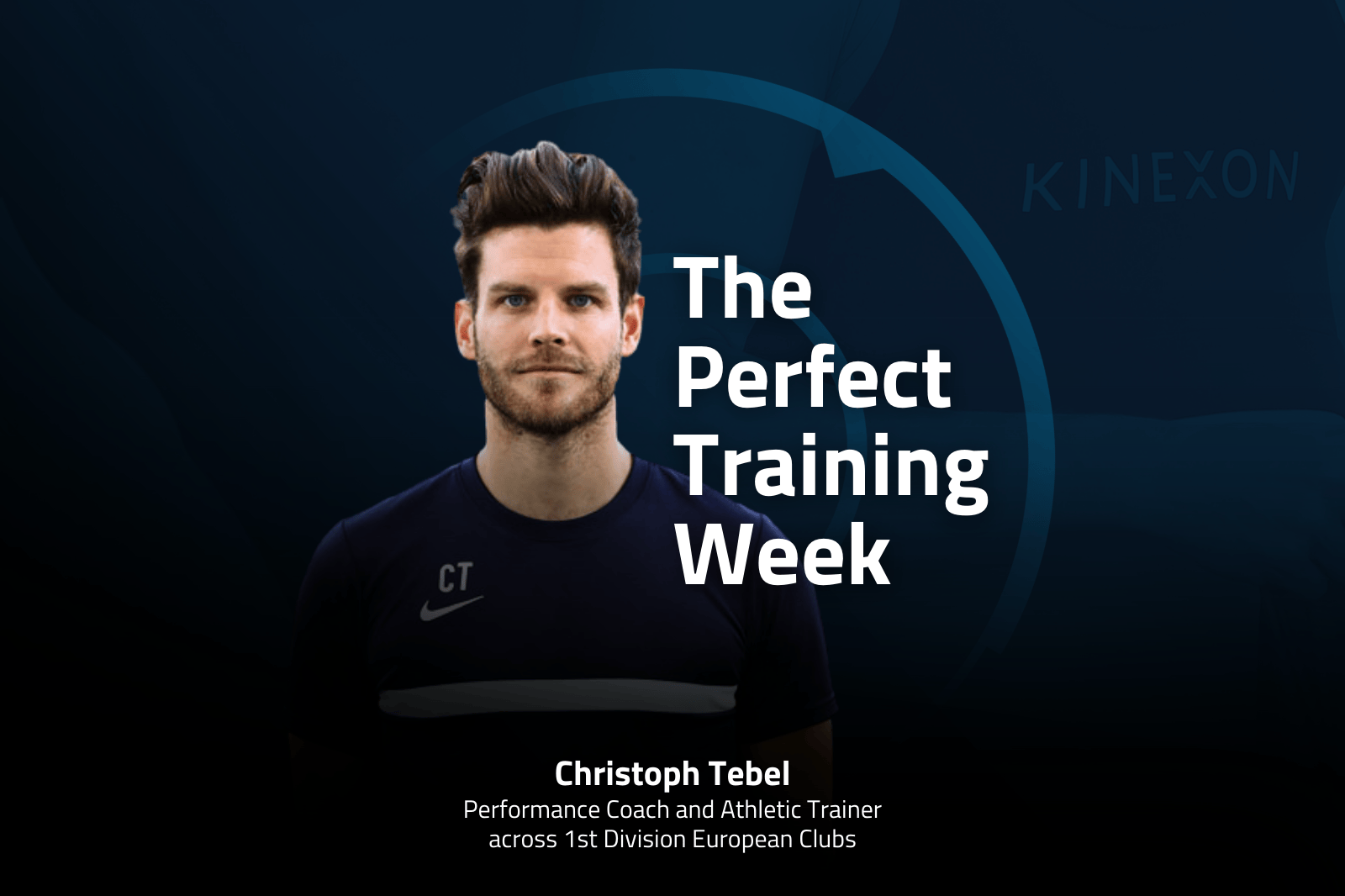How Coaches Balance Football Analytics and Coach’s Intuition When Making Player Decisions
The interplay between hard data and human intuition in football is a delicate dance. Eric Donoval, the Director of Sports Performance for the University of Wyoming football team, provided insightful commentary on this intricate balance on a recent episode of “The Xtra Edge” podcast.

Coach Donoval says a healthy relationship between coaches always starts with communication. He says his staff understands where he’s coming from when he presents data.
For example, “There not only is their yardage high, but the density at which they’re running. It is really, really high,” Donoval said. “This isn’t a mere subjective observation; it’s a fact backed by objective data gathered through advanced technologies like GPS and velocity-based training,” he added.
Objective data serves as a validation tool rather than a replacement for human intuition.
Stop Guessing on Your Game Plans! Find the Metrics That Are Right For You.
Nothing Will Replace the Coach’s Eye

Coach Donoval emphasizes, “Nothing will ever replace the coach’s eye. Nothing will ever replace a coach’s intuition because this is a human career here where you’re dealing with humans and you’re dealing with personalities and different types of athletes.”
American football analytics equips coaches with concrete information to make informed decisions without being swayed by subjective opinions or emotions. “I’m not trying to step on people’s toes; we’re not trying to change practice,” Donoval underscores.
This balanced approach ensures that athletes aren’t just conditioned based on numerical data but also on nuanced observations made by experienced coaches who understand each athlete’s unique physicality and mental state. The synergy between technology and human observation ensures that training is tailored to individual needs while being informed by reliable data.

“Nothing will ever replace the coach’s eye. Nothing will ever replace a coach’s intuition because this is a human career here where you’re dealing with humans and you’re dealing with personalities and different types of athletes.”
Football Analytics Enhance Decision-Making
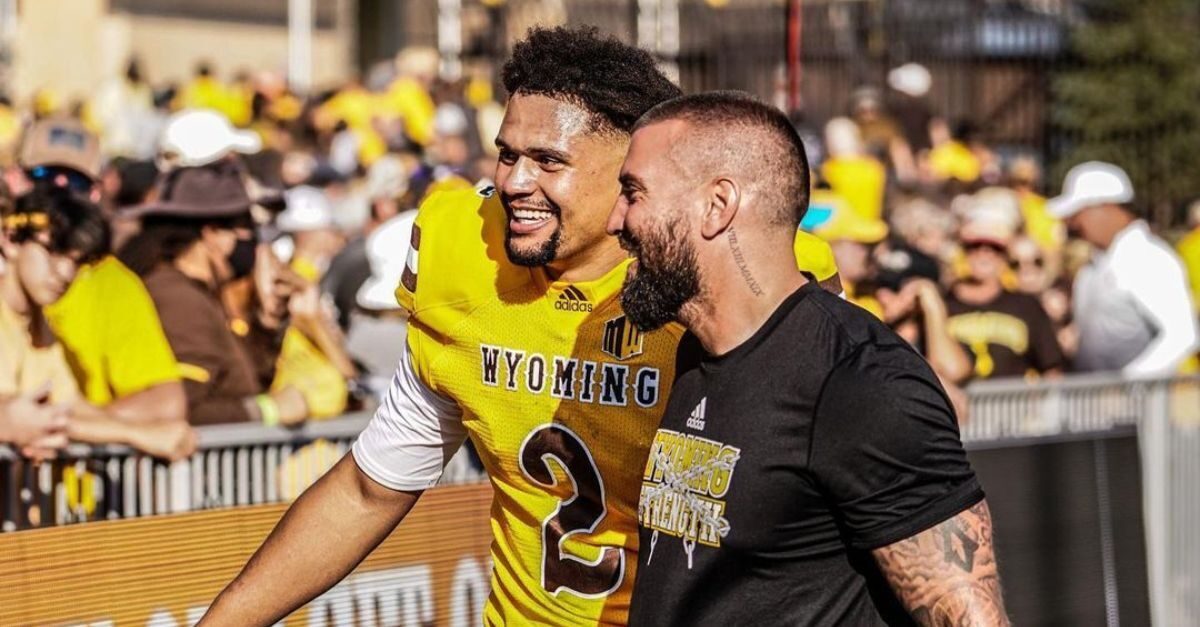
Coach Donoval’s insights highlight an essential aspect of modern sports training – it’s neither solely about numbers nor entirely about human intuition; it’s about striking a harmonious balance where each complements the other. The goal remains ensuring that athletes are as explosive and fresh as possible come game day while having undergone adequate training to execute game plans effectively.
In essence, this delicate balancing act underscores the evolution of sports training in today’s digital age — an era where technology informs decisions without overshadowing the indispensable insights offered by seasoned coaches’ eyes attuned to discerning nuances that numbers alone can’t reveal.
GPS Football Trackers Are a Tool

Coaches who are using GPS football trackers treat it as another tool in their toolbox. It lets coaches access and analyze sports data in real-time, which helps them make better decisions.
Having a reliable data-collecting solution is the first step to enhancing your decision-making process.
Also on The Xtra Edge podcast, Coach Donoval shared insights on his return to play and injury prevention programs, and explained what it’s like training athletes in the mountains of Wyoming.
To learn more about how a GPS or LPS player tracking system can help your football team, contact us at any time. Or to find out about the recent upgrade to KINEXON PERFORM GPS that made it the world’s first athlete monitoring system with a fully automated workflow, click here.
You can also download our guide on “Monitoring Mechanical Load to Reduce Injuries in Football.”



